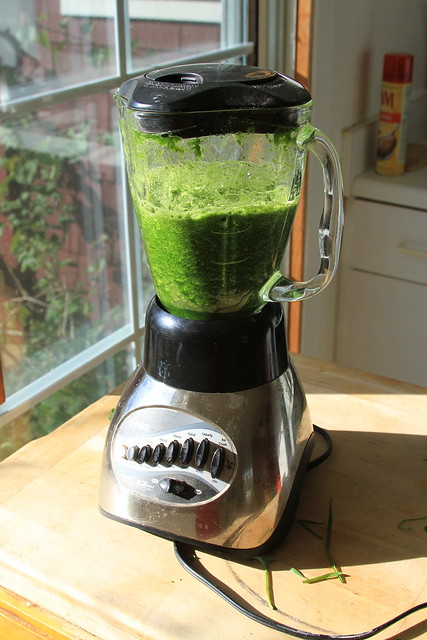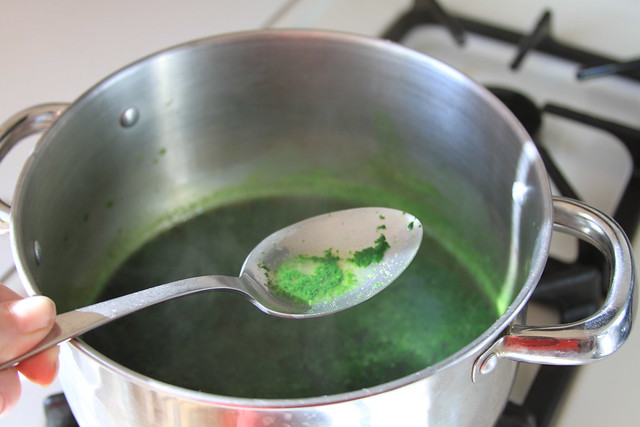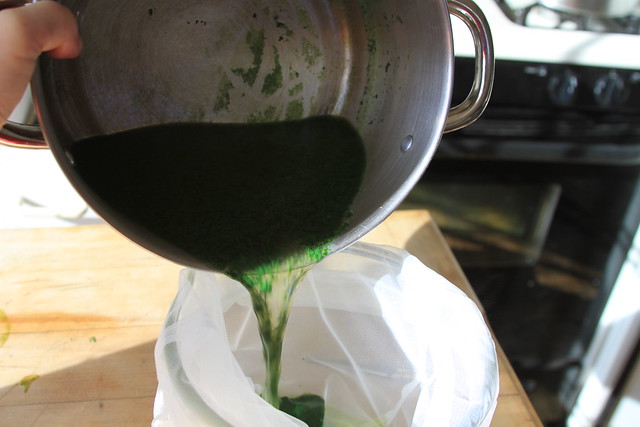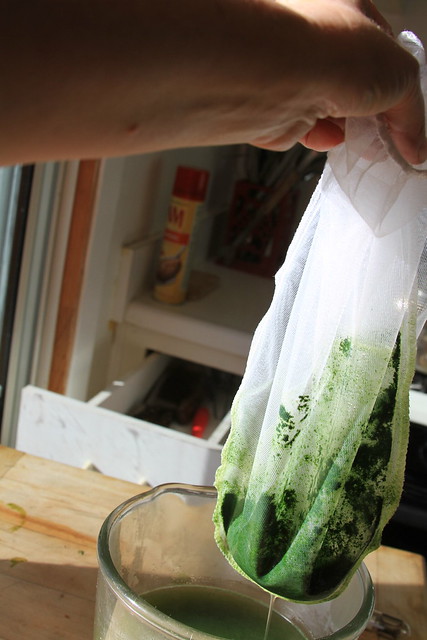Keep in mind, these id posts are mostly for people who are new to foraging. Sometimes finding an experienced forager is difficult and this work will help 'newbies' get out and start using id books. It's
simply a way for you to learn how to use your 'Botany in a Day' books which will
help you when you actually get out foraging. This doesn't remotely cover all
the uses of the rose, it's just meant to get you looking at the fields as you go
by and get you ready for the field.
I have two species of wild rose around me, the California wild rose (R.
californica) and the dog rose (R. canina). There are other species of wild rose
found in California, but these two are the most common.
I don't think you'll see many with leaves yet, but look for the thorny canes.
You may find some of last years rose hips still on the canes. Don't get them
confused with native blackberry though.
Here are two Cal-Flora links with pictures:
http://www.calflora.org/cgi-bin/species_query.cgi?where-calrecnum=7180
http://www.calflora.org/cgi-bin/species_query.cgi?where-calrecnum=7179
Memorize the leaf shape. Look at the veination. Look at the family name. This
is a really important group for us foragers.
My earliest memory of the rose is when my mother and I made rose petal beads on
summer. I kept those fragrant beads in my drawer long after the scent was gone.
Rose is an important plant for bird communities. With the feral cat populations
being so high in our area, wild roses offer a thorny place for birds to avoid
predation.
I found a great variability in the flavor of hips in these wild roses. I think
R. californica tastes better than the R. canina, butthat's really subjective.
And I've found great differences between bushes. So taste here, taste there.
Compare.
The best hips taste like a tart 'fruit roll-up'. Which is what a lot of people
do with them. Puree them with sugar and pour out and dehydrate.
I prefer to make jam out of the hips and use them dried, in baked goods.
I also make an easy wild rose elixer with brandy for winter illnesses. And nest
to orange blossom honey, wild rose honey, spread on buckwheat pancakes is
divine.
I make my own skin cream out of rosewater (I'll post the recipe later this
summer). I just don't buy that expensive stuff at the department store anymore.
And this is my mentor's recipe for rose baKlava. She has a personal affinity
with the Rosa spp (she is named after it). If you look through older posts I
think I have my own recipes posted, but this one is just so good I wanted to
share.
Ingredients
* 1 /2 batch or 1/2 package of phyllo dough
* 1-1.5 C butter roasted Pecans (or similar nut), coarsely ground
* 1 package cream cheese, warmed until soft
* 1-2 sticks melted butter to brush on phyllo dough (more or less depending
on how you feel about butter ;) )
* 1/2 C Wild Rose infused honey (Yes, you can use any Rose infused honey you
like the taste of. This is just standard Rose petal infused honey, you can even
leave the petals in the honey if you like the texture rather than straining them
out). You may want more honey than this. I don't care for very sweet desserts,
so if you have a serious sweet tooth, you'll want to adjust for that.
* 1-2 Tbs Rose water (optional)
* 1 Tbs Orange zest, finely chopped
* 1 Tsp Cinnamon
* 1 Tsp Vanilla extract
* 1/2 Tsp freshly ground Black Pepper
* 1/2 Tsp Cardamom
* 1-2 Tsp salt
Instructions
1. Pre-heat oven to 300 F
2. Butter a square baking pan
3. In a mixing bowl combine nuts, rose water, orange zest, vanilla, salt, all
spices and 1/4 C Rose infused honey. If you're using fresh Rose infused honey
then the honey should be thin enough to pour and mix well. If you used dry
petals, you may need to warm it in order to mix it.
4. Fold in cream cheese.
5. Blend until smooth. Add more spices etc., to taste. Then set aside
6. If using packaged phyllo dough, remove dough from package and cut appr.
in half or a little larger than your pan. Wrap one half in damp cloth or similar
and return to a cool place.
7. Begin laying the sheets of phyllo dough, one at a time, brushing butter
over each layer as you go. If your sheets of dough are somewhat rectangular even
after cutting in half (this is normal), just layer it so that you rotate how you
lay the long side in the pan so it ends up fairly even. Layer half of the phyllo
dough.
8. Spread the nut/spice/honey mixture evenly over the sheets.
9. Cover with remaining phyllo dough sheets, remembering to butter between
each layer.
10. With a very sharp knife, cut diagonal parallel lines about 2 inches apart
in diamond shapes. Be sure to cut all the way to the bottom.
11. At this point, I often add more butter by pouring some into the cut areas.
12. Of course most people bake their baklava in their oven. However, it was
way too hot in our cabin to have the woodstove going so I cooked mine by putting
the baking pan inside in a large cast iron pan with a pot lid over it and cooked
it on the propane stovetop over low heat for about 45 min. It worked great, and
I just browned the top by warming each piece in a pan face down before serving.
Most of my readers probably won't want to mess with my elaborate parlor tricks,
so just figure baking in the oven for about 30-45 min at 300 F or until golden
brown.
13. Then pour remaining Rose honey over the top of the still warm baklava and
let it soak in a bit before serving.
14. Top with whipped cream or ice cream as you like.




